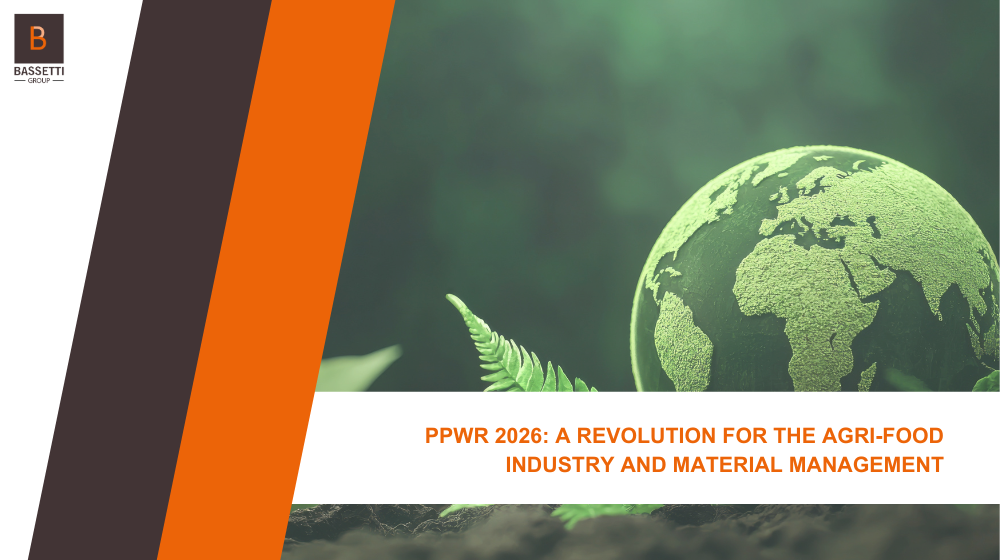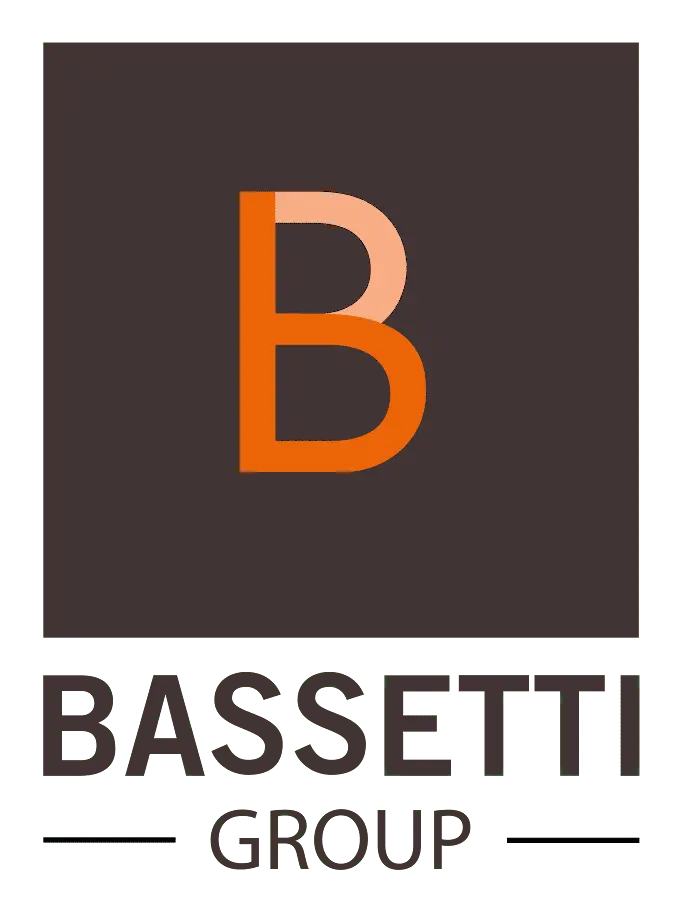PPWR 2026: A Revolution for the Agri-Food Industry and Material Management
Europe tackles the packaging waste crisis
The European Union is facing an unprecedented environmental crisis linked to the management of packaging waste. As a result of increasing consumption, population growth and the boom in e-commerce, the volumes of packaging produced and thrown away are reaching alarming levels.
Faced with this reality, the European Commission has decided to take action by proposing the PPWR (Packaging and Packaging Waste Regulation), which imposes a complete overhaul of packaging management and waste reduction practices.
This new legislative framework aims to reduce packaging production, encourage reuse and improve the recyclability of materials to limit their impact on the environment.
It is part of the broader European Green Deal strategy, which aims to make Europe climate neutral by 2050.

An Environmental Emergency
Key figures on packaging waste in Europe
Packaging is ubiquitous in our daily lives, and is one of the main sources of waste in Europe.
According to the European Environment Agency (EEA), in 2021, the European Union generated 80.1 million tonnes of packaging waste, a 20% increase on 2010. This volume is equivalent to around 180 kg of packaging waste per inhabitant of Europe every year.
Constantly increasing waste production
The problem is getting worse:
Between 2010 and 2021, packaging waste production increased by an average of 4% per year.
At this rate, the EU could reach over 100 million tonnes of packaging waste by 2035.
Plastic and aluminum packaging are among the most problematic, with very low recycling rates.
Faced with this critical situation, the EU could not stand idly by. The PPWR 2026 marks a profound transformation of the existing regulatory framework.
An Ambitious Reform for a Sustainable Future
Le règlement sur les emballages et les déchets d’emballages, qui doit entrer en vigueur en 2026, vise à rendre l’industrie de l’emballage plus durable et à promouvoir l’économie circulaire. Ses principaux objectifs sont les suivants :
Reduce unnecessary packaging:
Limit the production of excessive and superfluous packaging.
Encourage reuse and recycling:
Encourage the development of reusable and ensure that all packaging is recyclable by recyclable by 2030.
Severely restrict the use of certain single-use plastics and promote environmentally-friendly alternatives.
Ban single-use plastics:
Require manufacturers to improve waste management and reduce the carbon footprint of their packaging.
Producer responsibility:
Require manufacturers to improve waste management and reduce the carbon footprint of their packaging and reduce the carbon footprint of their packaging.
Harmonization of rules within the EU:
Avoid disparities between member states by establishing a common framework.
A DRASTIC REDUCTION IN PACKAGING PLASTICS
The agri-food sector is one of the hardest hit by the affected by PPWR 2026, as it accounts for a significant of plastic packaging consumption in Europe.
The new requirements will force companies to reduce their use of plastic and adopt sustainable
sustainable alternatives such as paper, recycled cardboard or compostable biomaterials.
HIGH TRANSITION COSTS FOR BUSINESSES
While the objectives of the PPWR are ambitious, their implementation represents a major challenge for industry:
Adaptation of production lines:
Industry will need to revise its processes to integrate new materials and meet recyclability requirements.
Increased production costs:
Eco-friendly packaging is often more expensive than current plastic alternatives.
Investments in R&D:
Developing innovative solutions to ensure food preservation while complying with new standards..
THE RISE OF REUSABLE PACKAGING
The PPWR 2026 sets strict reuse targets, particularly for beverage and fast-food packaging. Large fast-food chains, supermarkets, and food producers will need to implement deposit and reuse systems for a portion of their packaging.
For example, plastic bottles will need to be mostly reusable by 2040, which will require massive investments in collection and washing infrastructure. Many companies are expressing concern about the high initial costs, but these transformations could also be an opportunity for innovation and market differentiation.
THE CHALLENGES AND OPPORTUNITIES FOR MATERIAL MANAGEMENT DEVELOPMENT OF ALTERNATIVE MATERIALS
This new regulation encourages the research and development of new generations of materials capable of replacing plastic while maintaining quality and food preservation standards.
Among the emerging solutions are:
- Compostable bioplastics, made from renewable resources such as corn starch or sugarcane.
- Reinforced paper and cardboard packaging, capable of resisting humidity and grease.
- Biodegradable food films, offering an alternative to traditional plastic packaging.
However, these materials still need to be developed on a large scale and at lower cost to be competitive in the market.
OPTIMIZATION OF RECYCLING CHANNELS
One of the major challenges of the PPWR 2026 will be to improve waste management and increase recycling capacity. Today, many recyclable materials are not effectively recycled due to insufficient sorting or a lack of suitable infrastructure.
To meet this challenge, the EU plans to:
- Strengthen sorting and recycling infrastructure to maximize material reuse.
- Standardize sorting guidelines across all Member States to harmonize practices and improve recycling efficiency.
- Increase taxation on non-recyclable packaging, encouraging companies to choose more sustainable materials.
A NECESSARY REVOLUTION FOR A SUSTAINABLE FUTURE
The PPWR 2026 represents a major transformation for the agri-food industry and material management in Europe. Although the challenges are numerous, this reform paves the way for a massive reduction in packaging waste, the rise of new sustainable solutions, and a more circular and responsible model.
While the transition will require considerable efforts from both companies and consumers, it is an essential step to preserve the environment and achieve the EU’s climate goals. The future of food packaging will be more ecological, more innovative, and more responsible – a necessary change to ensure a sustainable model for future generations.
Find out more about TEEXMA for Materials
